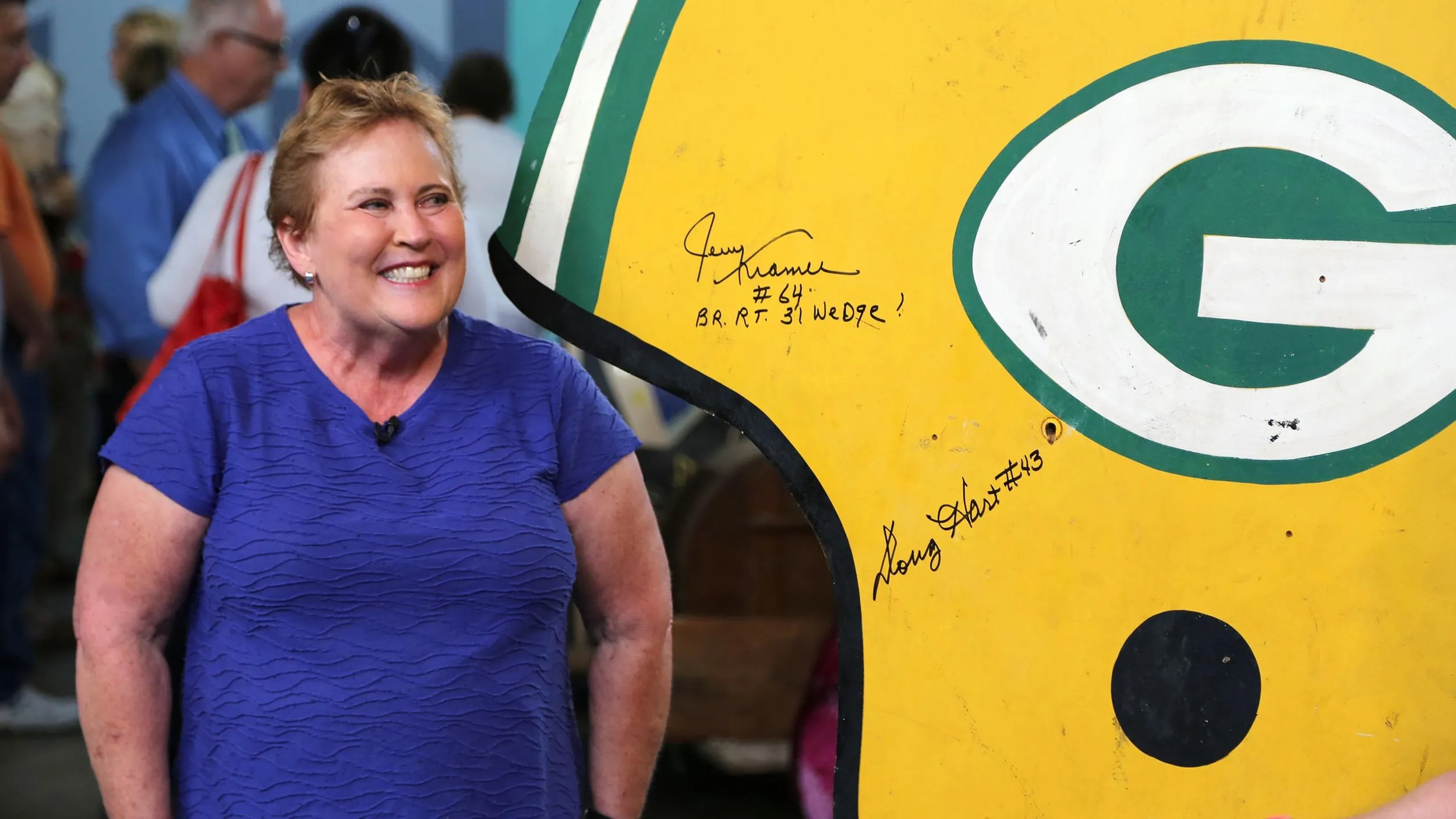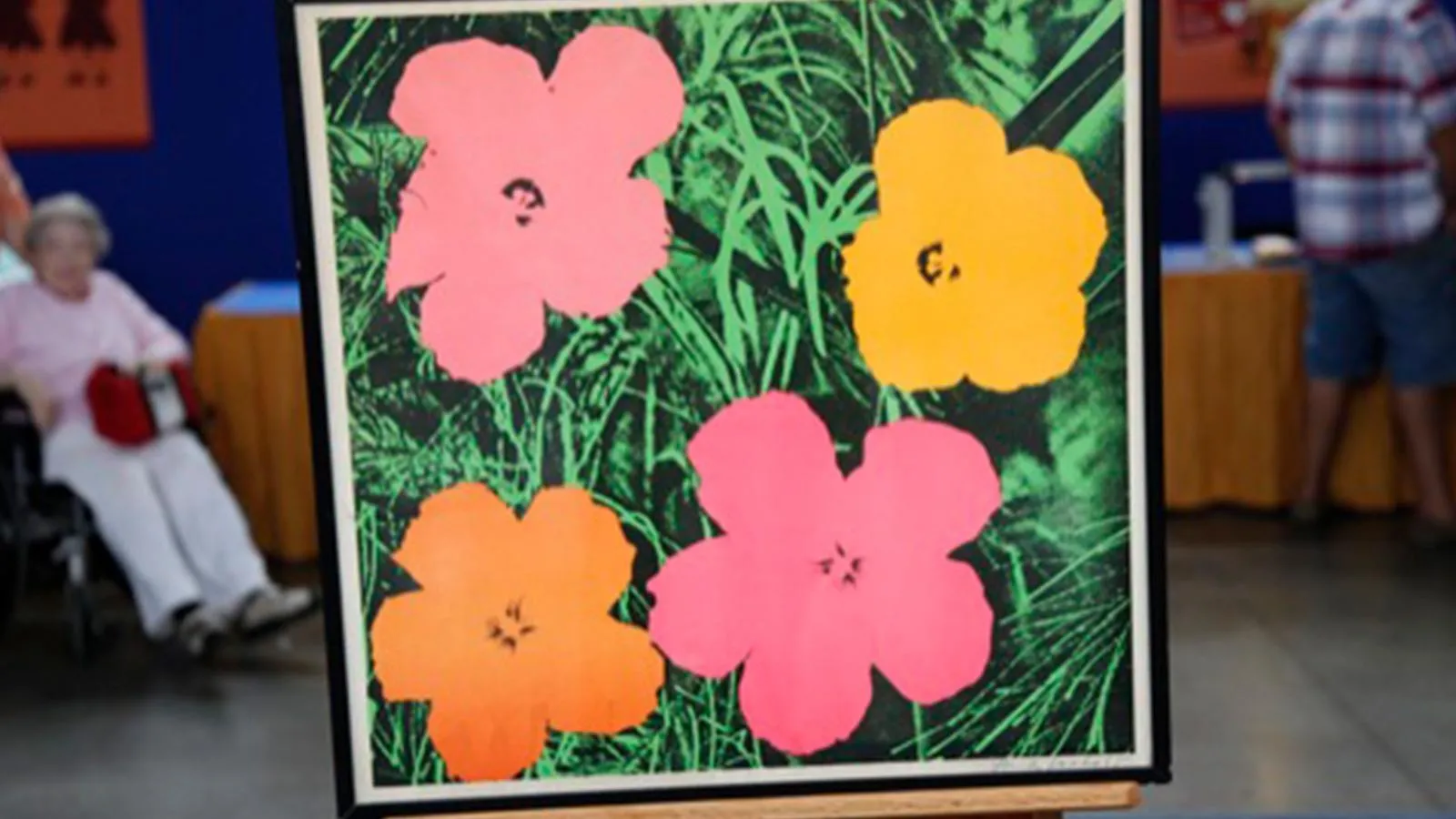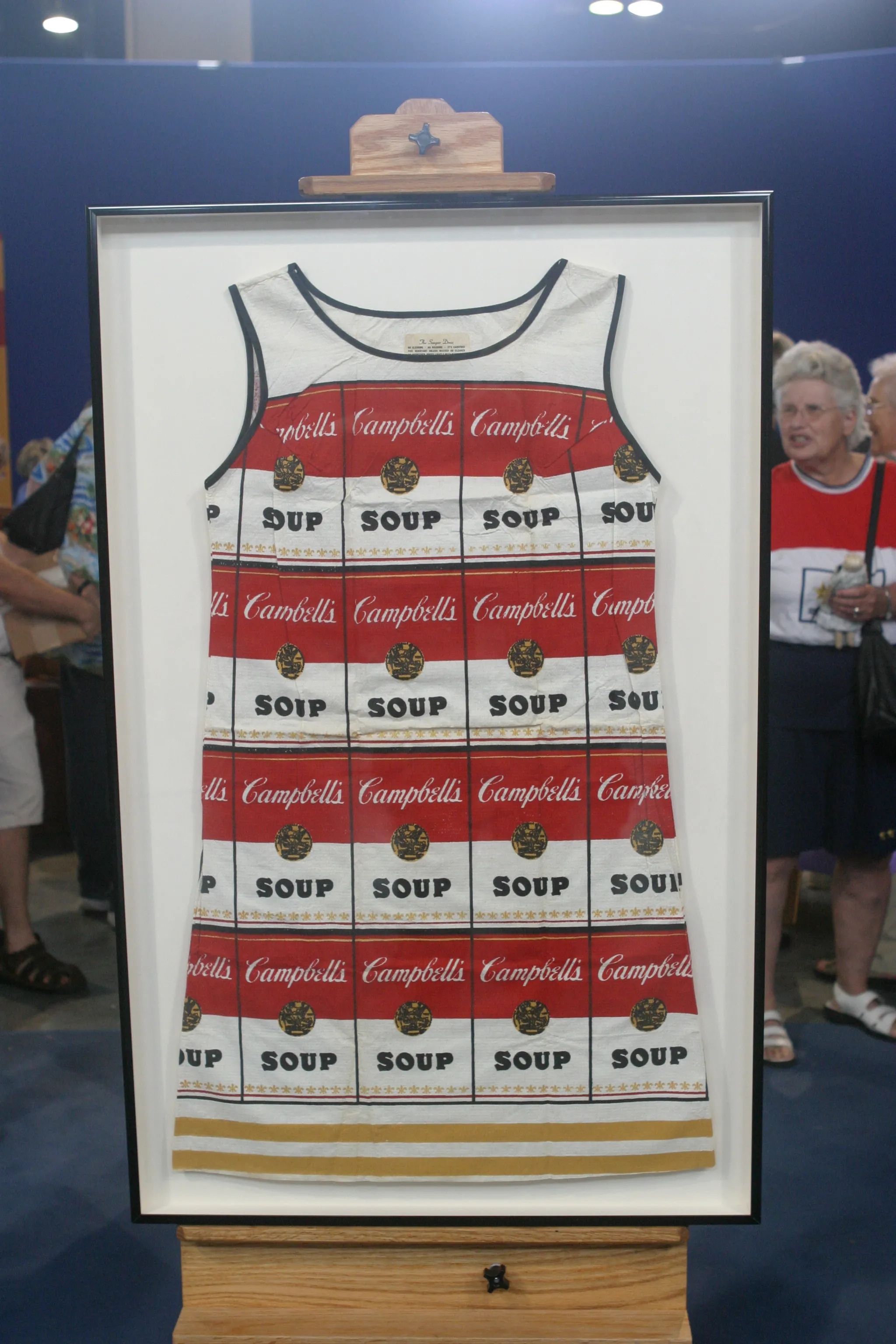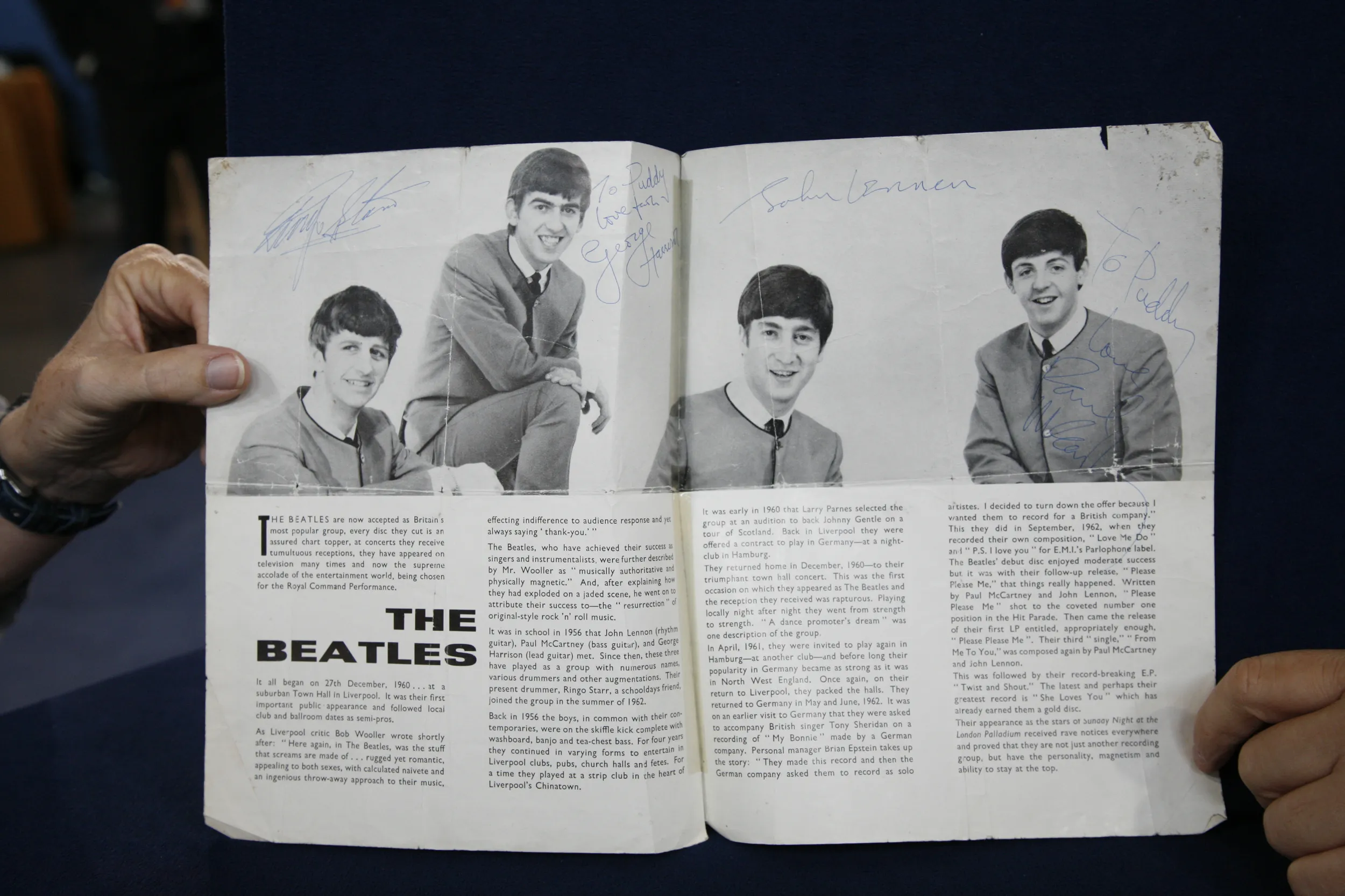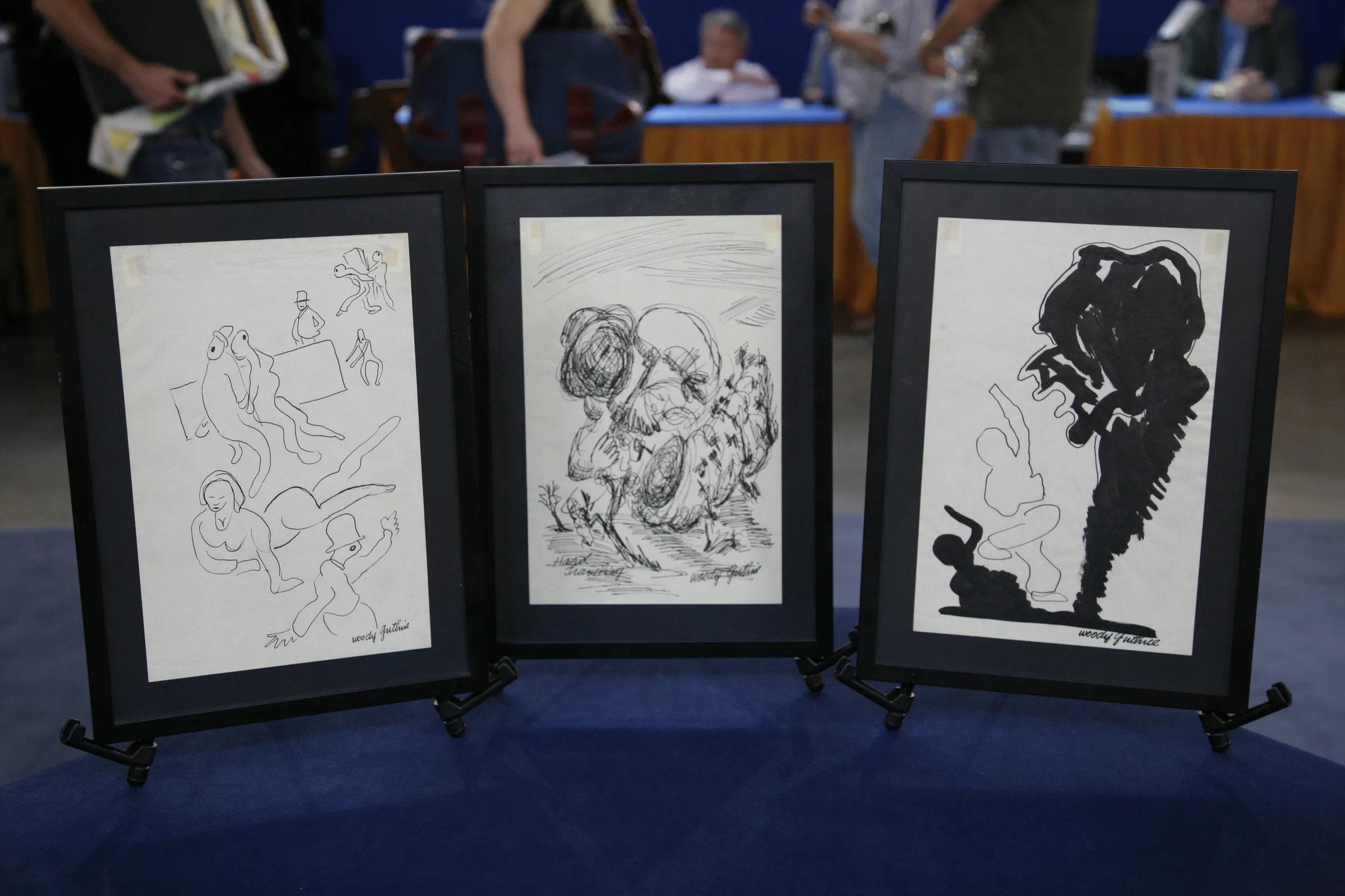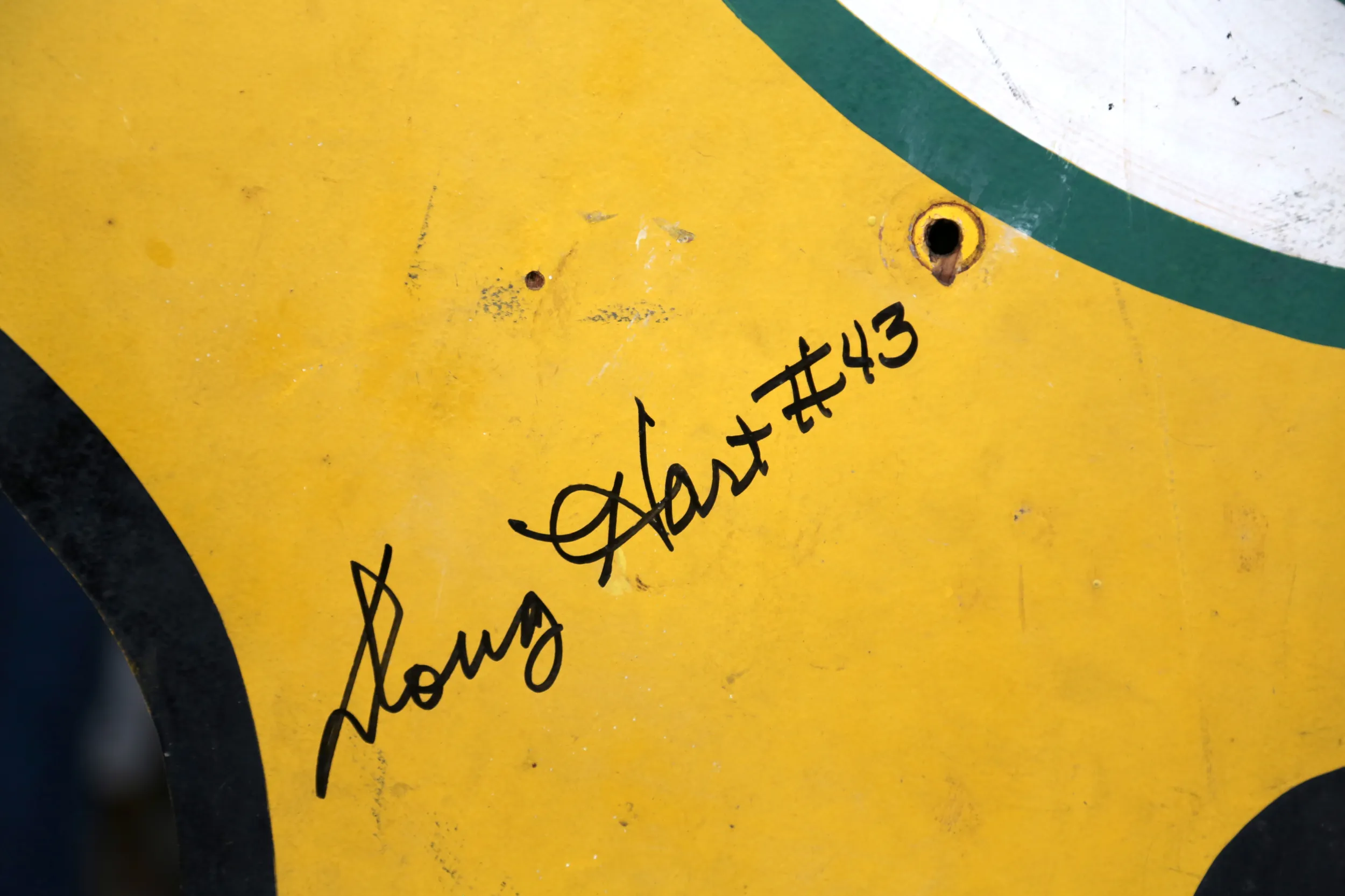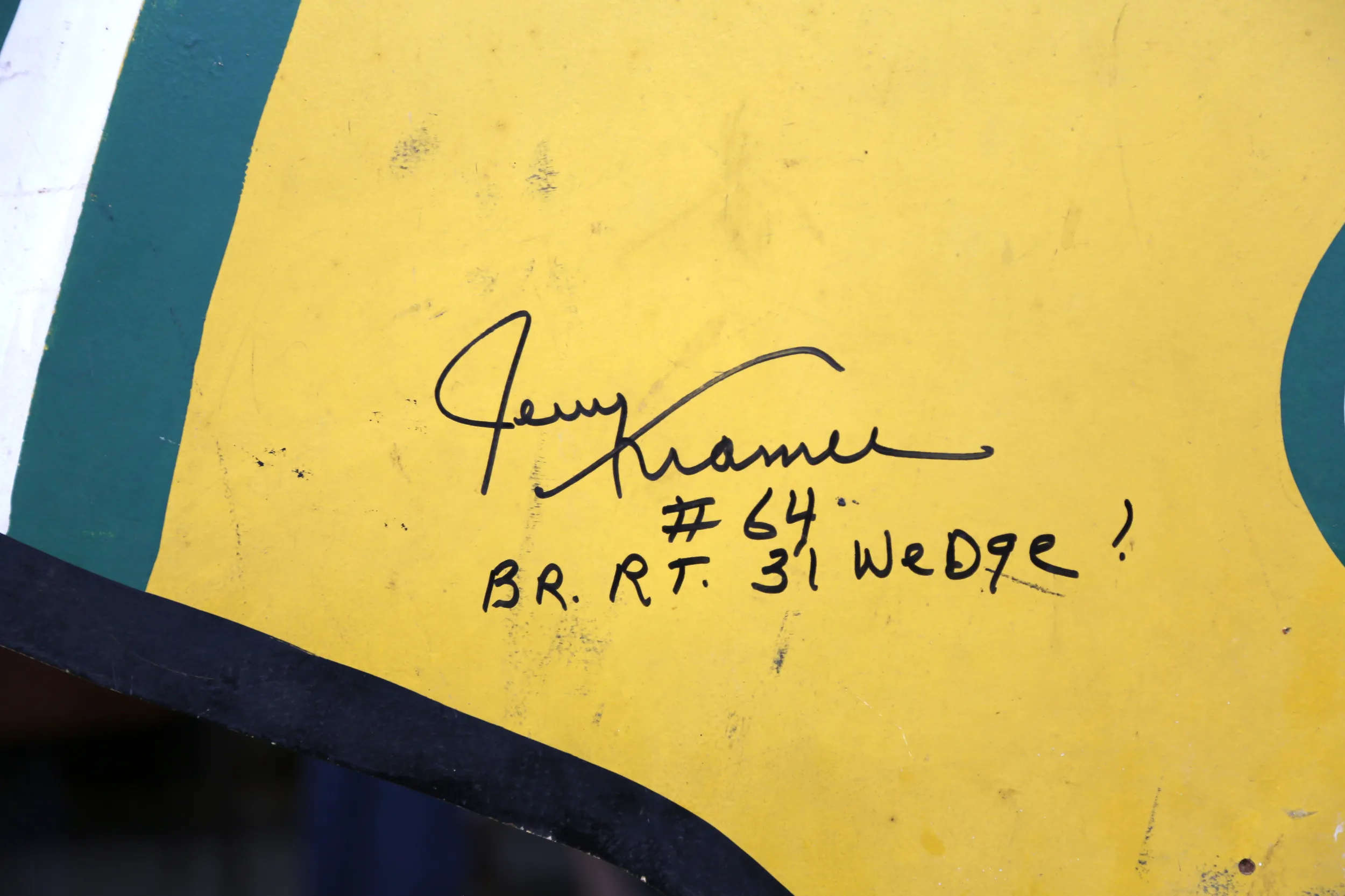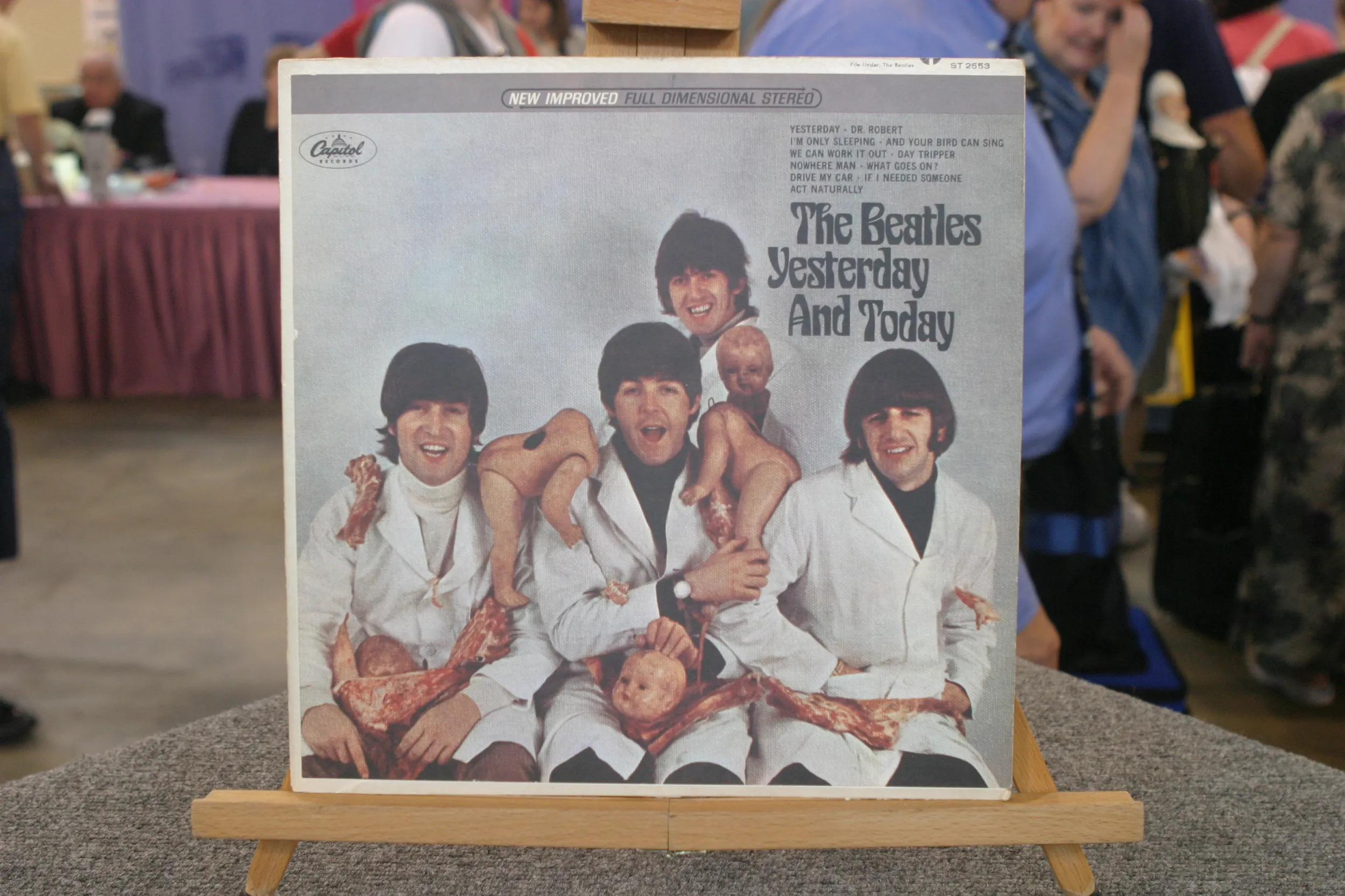GUEST: Well, we've always been big Packer fans in my family, and my parents had a first row seats at the Ice Bowl, about the 30-yard line. And after the game, my dad brought this home.
APPRAISER: He brought it home. It was his souvenir from the Ice Bowl.
GUEST: Yes.
APPRAISER: So, to set the scene, the Ice Bowl was played on December 31, 1967, and it was the Green Bay Packers against the Dallas Cowboys, and this was the NFL championship game. So it was a really big game.
GUEST: Yes.
APPRAISER: In fact, many consider it the most important of the year, even though the NFL winner would go on to play in the Super Bowl against the winner of the AFL. Now, what does your dad, what does he remember about the game?
GUEST: It was very cold, it was 13 below zero, and it was very exciting because it came down to the last play of the game.
APPRAISER: Mm-hmm.
GUEST: And Jerry Kramer blocked for Bart Starr so they could get that touchdown.
APPRAISER: This is not only considered to be one of the greatest games of all time, but one of the coldest games. So the temperature was minus 13 degrees, and with the wind chill, it was minus 48. Now, I know Green Bay fans are hardy fans, but how do you handle 48 degrees below zero?
GUEST: Well, I think it was hardest for my mom, because my mom didn't have long underwear.
APPRAISER: (chuckles)
GUEST: And of course, you dressed up to go to these games. So it was very, very cold. And I just remember her coming home just frozen to the bone.
APPRAISER: In that game, the band actually had their mouthpieces frozen to their lips, and even the officials had their whistles that froze. They couldn't use their whistles; they had to yell during the game, it was so cold. But beyond that, it was one of the most exciting games ever, because with 16 seconds left in the game, you've got the Cowboys up 17 to 14. And what are the Packers going to do? And you're on this-- and what's known today as the Frozen Tundra.
GUEST: Yes.
APPRAISER: They described it as like a hockey rink, like a sheet of ice. And what do they do? They go to Jerry Kramer, who signed right here, one of the great offensive linemen of all time, and they go to a quarterback sneak. And Bart goes right behind Jerry, sneaks into the end zone, and they score the winning touchdown, 21 to 17. So does your dad remember what it was like right after the game, what it was like when they won? Because, I mean, it's a last-second win, it's pandemonium. What was going on on the field?
GUEST: A lot of the fans rushed the field and they took down the goalpost. So while they were doing that, my dad went and got tools so that he could bring this home. They were screwed in around the stadium.
APPRAISER: Right. And, and no one stopped him.
GUEST: No.
APPRAISER: Were other people taking the other signs, as well?
GUEST: Yes, but most of them were just ripping it off.
APPRAISER: Right.
GUEST: Whereas he went out to his car and got tools so that he could take it off in one piece.
APPRAISER: You've got Kramer signed here. And by the way, Doug Hart was a great defensive back also.
GUEST: Yes.
APPRAISER: Did your dad get these signed?
GUEST: No, my husband and I and our son took it to a signing, and Jerry signed it, and also Doug was there.
APPRAISER: Oh...
GUEST: And this is the play that was called. They were quite impressed that we had it.
APPRAISER: (chuckles)
GUEST: And were very delighted to sign it.
APPRAISER: Stadium artifacts are extremely collectible, and in the 1990s and 2000s, there have been a number of stadiums-- the Boston Garden, Busch Stadium-- that have been torn down.
GUEST: Right.
APPRAISER: Tiger Stadium. And collectors go and buy these artifacts. And I got to tell you, I think it would be at least $3,000 to $5,000.
GUEST: Oh, wow.
APPRAISER: (chuckles) And I just want to thank you for bringing the coolest piece possible into the ROADSHOW.
GUEST: Thank you.

